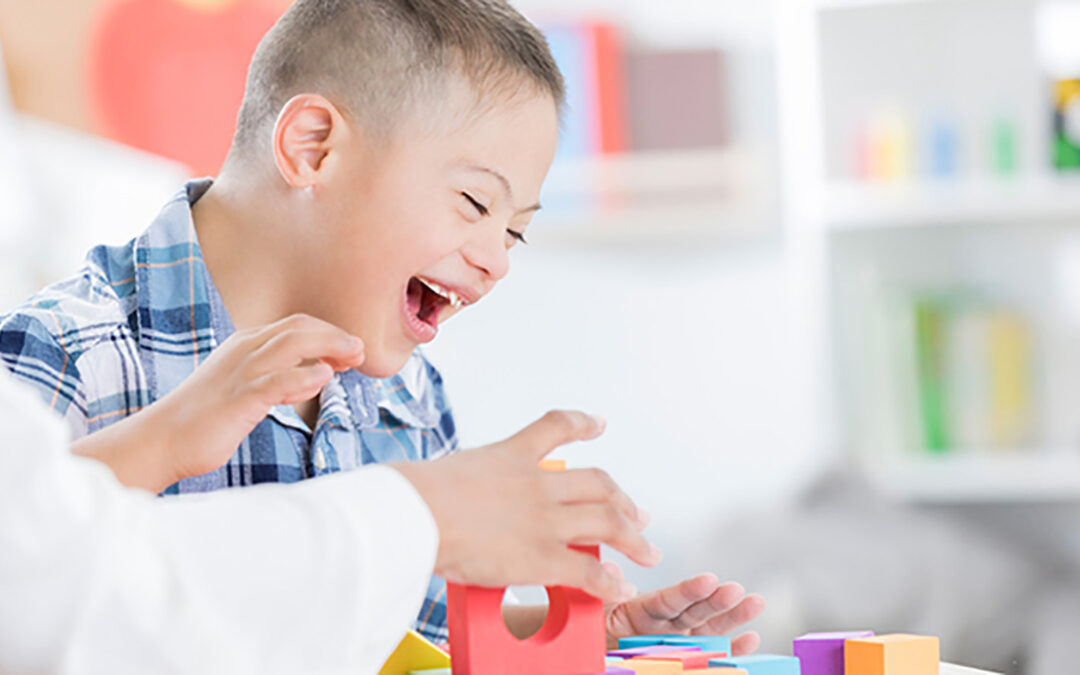The system of imparting education is absolutely essential as it helps shape our overall personality, makes us capable of taking decisions and increases our problem-solving skills. It is also crucial to ensure that each and every child with all characteristics receive assistance in school in every possible way. Children with certain special needs are those who require specific attention and effort for them to understand and adjust to the learning as well as social environment. Consequently, various provisions have been devised for training children with special needs. The first and foremost step in the training process is to identify and categorize children into different groups. It is important to recognize whether a child has intellectual or learning disorders or possesses other significant brain damages. Some children can also be gifted and others can have disorders like autism and attention deficit hyperactivity disorder. The process of identification is executed by following two methods:
- The discrepancy model – In this, a student receives special education services for a specific learning difficulty (SLD) if the student has at least normal intelligence and the student’s academic achievement is below what is expected of a student with his or her intellectual quotient.
- Response to intervention model – This model identifies children who are having difficulties in school in their first or second year after starting school. They then receive additional assistance such as participating in a reading remediation program. The response of the children to this intervention then determines whether they are designated as having a learning disability. Those few who still have trouble may then receive designation and further assistance.
The second vital stage is to develop an individualized plan to cater to the specific individual needs of such children. In the United States, Canada, and the UK, educational professionals use a student’s Individualised Education Program (IEP). This program should be customized to address each student’s needs. Special educators provide a continuum of services, in which students with various disabilities receive multiple degrees of support based on their individual needs. The third stage includes the methods or provisions to train children. Inclusion is a famous technique, where students with special needs spend all, or most of the school day with students who do not have special needs. Due to the fact that inclusion can require substantial modification of the general curriculum, most schools use it only for selected students with mild to moderate special needs, which is accepted as a best practice. Another approach mainstreaming refers to the practice of educating students with special needs in classes with non-disabled students during specific time periods based on their skills. Segregation in a separate classroom is another model where students with special needs do not attend classes with non-disabled students. Segregated students may attend the same school where regular classes are provided but spend all instructional time exclusively in a separate classroom for students with various disabilities. Exclusion is a system that takes place in the case of special needs children. It may occur when a student is in hospital, housebound, or detained by the criminal justice system. These students may receive one-on-one instruction or group instruction. Co-teaching is another important and common approach. In this setting, students with disabilities are placed in a General education classroom to learn along with their disabled peers and non-disabled peers. A General Education teacher and a Special Education teacher work as partners in instruction.
Types of co-teaching include the following types:
1. One teaching/one helping – In which one teacher instructs while the other circulates around the class to evaluate and offer help.
2. Parallel teaching – In which both teachers teach the same content to two groups of students of equal size.
3. Station teaching– In which both teachers present differing content to different groups of students simultaneously and students rotate through each station.
4. Alternative teaching – In which one teacher works with a smaller group or individual students while the other works with the rest of the class.
5. Team teaching – In which both teachers plan and teach a lesson together.
Providing counselling to children with special needs stands as another major requirement where proper emotional support is given through various organisations and mental health centres. This is of immense help as these children face multiple issues on a personal level. Their social functionality is monitored every session and extreme emotional bursts are gradually controlled as much as possible. Some of the older children receive career guidance which can help them assess their particular interests and aptitudes. Special needs children are assisted in improving symptoms of their developmental or behavioural disorders. They are taught coping methods to expand their levels of adjustment with others. Overall, it can be said that there are worthwhile arrangements established for children with special needs in terms of educational training and behavioural counselling that make them capable of continuing academics with interest, increasing their self-esteem, improving their social adjustment, extend their resilience all of which helps build their overall personality.
– Urveez Kakalia & Debanjana Banerjee.

